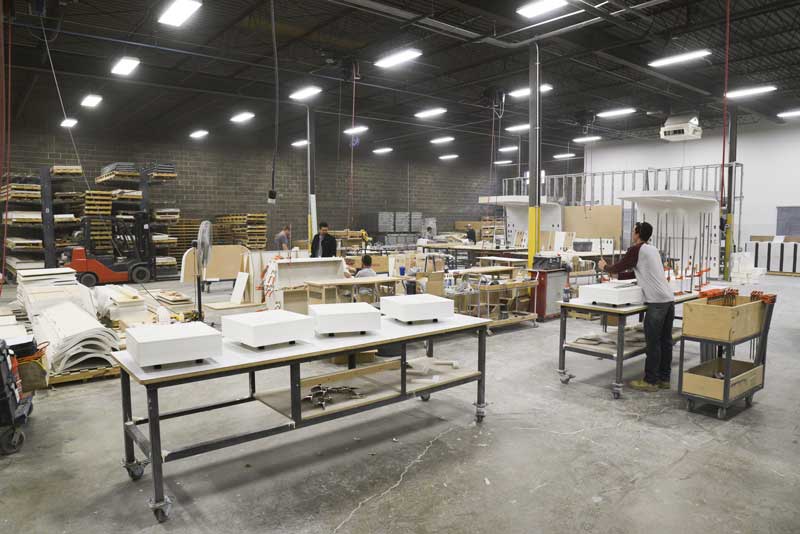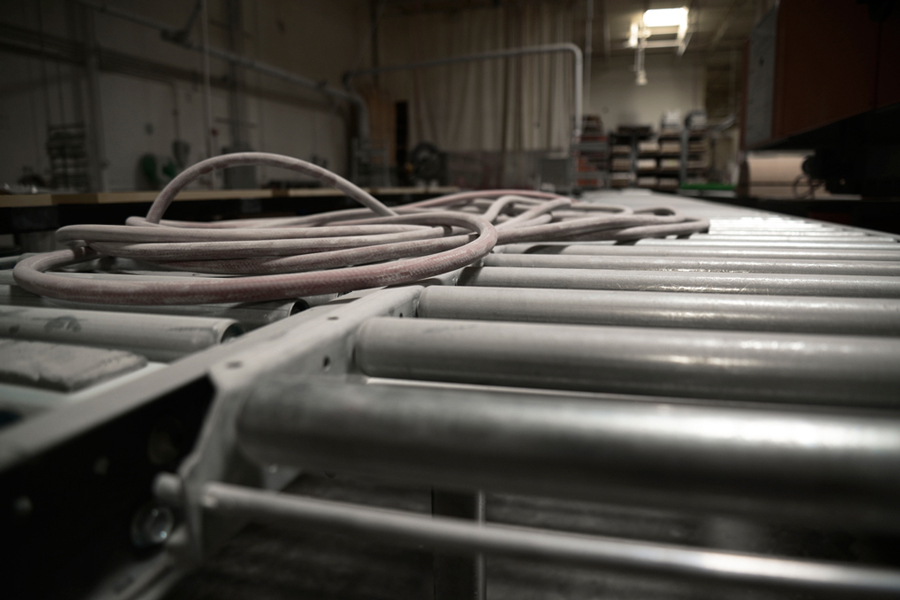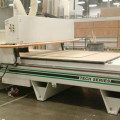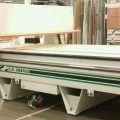Lean thinking in manufacturing: a continuing quest for perfection
Lean manufacturing is the process of maximizing customer value, while eliminating waste, both material waste and wasted motion (labor). The idea was derived from the Toyota Production System (TPS) and is now universally adopted. At Shield, we embrace lean thinking in manufacturing. We are constantly looking for ways to further incorporate lean manufacturing techniques into our production process. Read on to learn about our journey of applying lean thinking to manufacturing.
Lean thinking in manufacturing at Shield
At Shield, we integrate lean manufacturing into all aspects of our production. From an engineering standpoint, we have invested in a software that maximizes our yields in material by nesting (organizing) all the parts and pieces into stock material sizes. Solid surface has a higher material cost than wood in traditional plastic laminate casework, so being as efficient as possible is necessary to keep us competitive. The software also minimizes time we spend programming machines and standardizes the outputs between multiple engineers.
Once work begins on the floor, it’s easy to really see the advantages of implementing lean thinking in manufacturing. It all starts with the layout. From the loading dock to the CNC room to the fabrication line, everything is set up in an order where the material is always moving linearly from one area to the next.
In fact, our fabrication department underwent a week-long reorganization to arrange the workspace in a way that maximized the work area and work flow. During that week we added additional dust collection and built special tables to transport and fabricate completed casework. By constructing custom tables, we eliminated the need for two people at any one station, Keflex reducing bottlenecks and wasted motion.
Our facility uses rows of conveyors that can hold lots of material while keeping the parts organized and headed towards the end of the line. This greatly reduces the manpower needed to simply move the material from one station to the next, reducing the chance for breakage. It also takes the strain off the workers’ backs.
If you have ever spent time in a shop that makes cabinets or countertops, you know that there are panel carts everywhere and they end up collecting everything you can imagine. We use panel carts at only one stage, transporting material from the CNC to the line. After that, the individual cabinets stay grouped together as one unit, eliminating the loading and unloading of panel carts.
A philosophy, not a program
We still have a ways to go, as does any company that strives to be leaner and leaner in both manufacturing and in our way of thinking overall. Working to become more lean doesn’t have to start with a complete overhaul of your facility. Anything you do to eliminate waste is an improvement.
Lean thinking in the entire organization and at every level is a key to success. More than a program or a concept, it is a company culture that every person within the organization needs to embrace. One small thing each day, week or month adds up, and after a year you would be amazed at how you look back and laugh about how you “used to do things.” At Shield, incorporating lean thinking in manufacturing isn’t just a program; it’s who we are.










Sorry, the comment form is closed at this time.